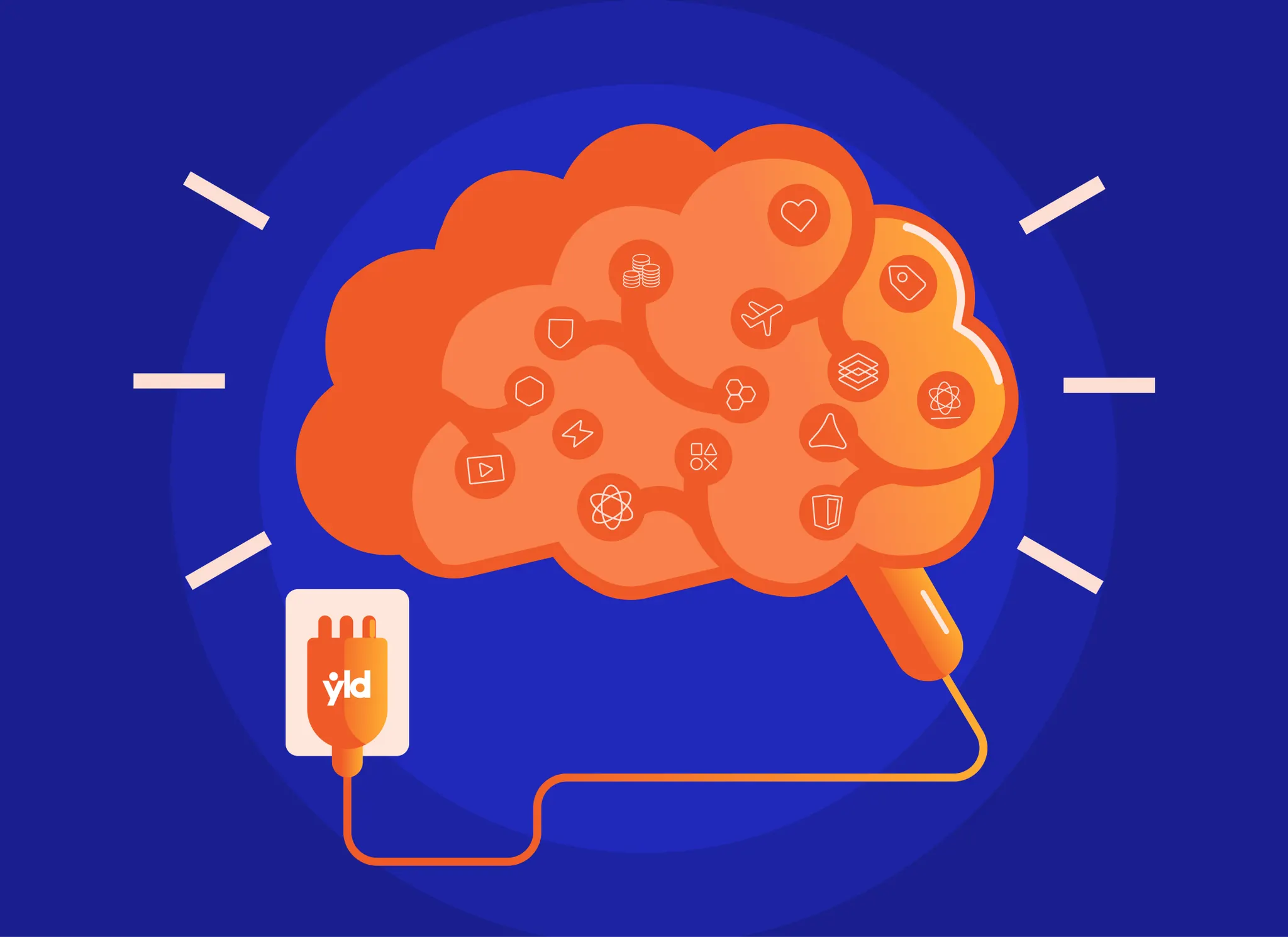Cybercrime has evolved into a macroeconomic force, now estimated to be the third-largest economy globally, next to the US and China. This shift has significant implications for business leaders who prioritise rapid feature delivery. In many organisations, security is still addressed late in the software development lifecycle, often only after products are deployed.
In today’s increasingly sophisticated AI-driven cyberattacks, this reactive practice toward cybersecurity is no longer viable. More companies are turning to DevSecOps, which is an evolution of the DevOps model that fully integrates security into both the culture and phase of the development lifecycle.
This article explores how AI can enhance DevSecOps processes and how DevSecOps enhances your ability to innovate securely and maintain a long-term competitive edge.
Reinforcing security thinking with AI-driven DevSecOps
Adopting DevSecOps is a technical upgrade as well as a strategic move that directly impacts business resilience. As cyber threats become more complex, embedding AI into your DevOps workflow can significantly enhance your organisation’s security posture across every phase of the development lifecycle.
Software Composition Analysis (SCA), Static Application Security Testing (SAST), Infrastructure as Code (IaC) scanners, and various other AI-powered tools can enhance adaptive threat modelling based on historical data and known security gaps within your systems. This enables teams to anticipate vulnerabilities and design more effective mitigation strategies well before production.
In fast-paced environments, this kind of proactive security is essential to maintain delivery speed without compromising compliance or trust. AI-powered tools can bundle around the code and assist developers by scanning source code for vulnerabilities, containers, pipeline secrets, suggest secure coding practices, and more. This reduces the risk of human errors which remains one of the most persistent security challenges in software development.
Key elements of effective DevSecOps implementation
To embed security seamlessly and avoid costly bottlenecks, it’s critical to automate high-impact tasks such as code analysis, vulnerability scanning, penetration testing, and patch management. Automation reduces the burden of maintaining dependencies in a fast-paced environment, minimises the risk of human error, and accelerates response times.
Perhaps most importantly, true security maturity comes from cross-functional collaboration, aligning development, operations, and security teams around a shared goal so that security becomes an enabler of innovation, not a blocker.
- Shift‑Left integration: Within Continuous Integration (CI), where code changes merge frequently, security tools that leverage AI can detect regressions or security flaws that may otherwise go unnoticed, enabling swift remediation. During Continuous Delivery (CD), AI monitors configuration changes, flags policy violations, and verifies that deployment environments meet security standards. Automating this on the pipeline increases release confidence and frees security teams to focus on higher-priority challenges.
- Security culture: Shared responsibility and proactive education among development, operations, and security teams is crucial, and appointing a team of security champions would be a wise place to start. This team would act as liaisons between developers and security experts to promote secure coding practices, improve communication, and help break down silos while encouraging greater trust in Observability. Developing security-focused frameworks and implementing security checkpoints throughout the development lifecycle through code reviews and penetration testing are practical ways to embed security within your culture.
- Continuous monitoring and feedback loops throughout development and production: Senior leaders expect resilience and agility, and to deliver on both, integrating real-time tools like SAST/DAST scanners, SIEM, APM, and centralised log analytics into the development pipeline. These systems detect emerging risks immediately and trigger alerts, providing a single source of truth for cross-functional teams. This approach reduces mean time to repair (MTTR) through automated alerts, as well as a data-driven approach to iteration by providing context-rich metrics to help decision-making on real-world incidents rather than hypothetical threats.
- Governance and metrics: Use evidence-based metrics like scan coverage, open issues, and remediation timelines (MTTR) to provide clear, quantitative insight into your software security posture to enable leadership to track improvements and pinpoint weaknesses over time. Regular monitoring of these metrics also supports the continuous refinement of your DevSecOps processes, helping to balance development velocity with effective risk reduction.
The impact of DevSecOps on an organisation
Ultimately, integrating AI automated tools into DevSecOps accelerates time-to-market by achieving the right balance between security and agility. Proactive security not only reduces the risk of costly breaches, legal liabilities, and regulatory penalties but also delivers measurable cost savings by streamlining workflows and eliminating operational inefficiencies.
In an era where data breaches are both frequent and highly publicised, organisations that adopt a holistic approach to security can foster greater trust with customers and stakeholders, enhancing brand reputation and market credibility. Beyond reducing cyber risks, this approach helps embed a security-first mindset across teams, establishing best practices as part of the organisation’s cultural fabric.
If you’re looking to mature your security approach or enhance your DevOps practices to boost productivity and accelerate feature delivery, get in touch.





